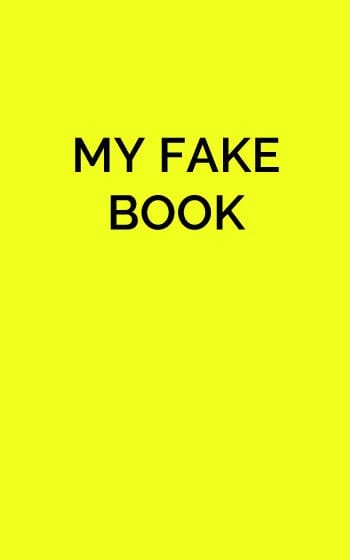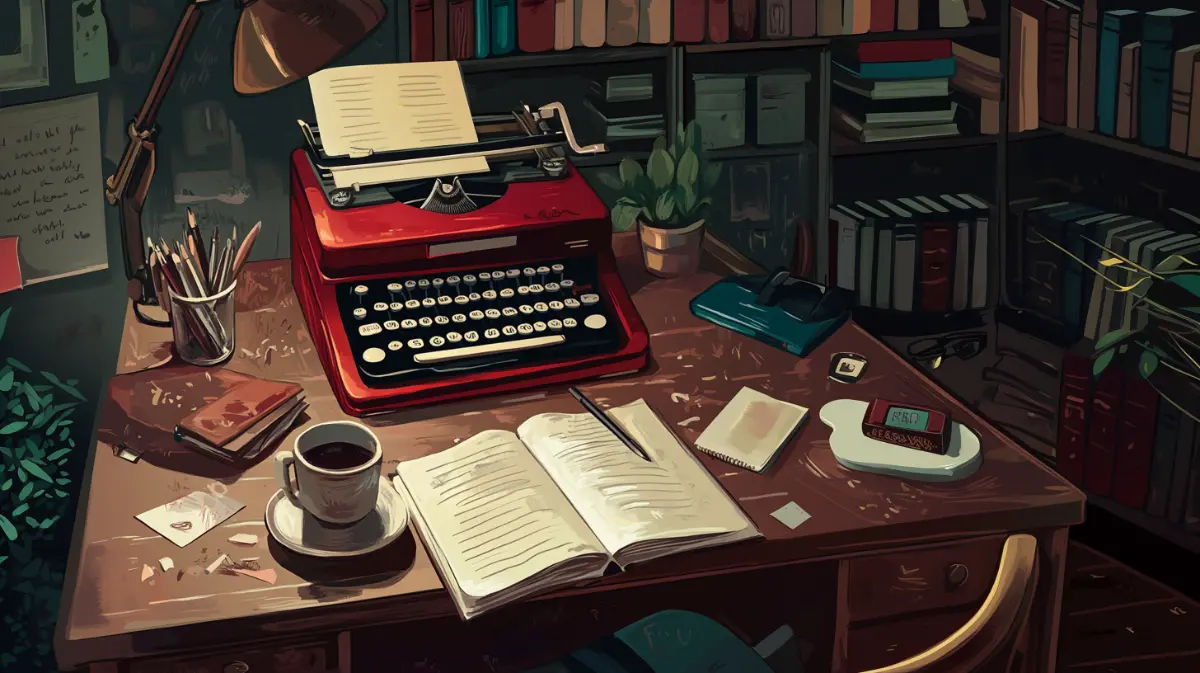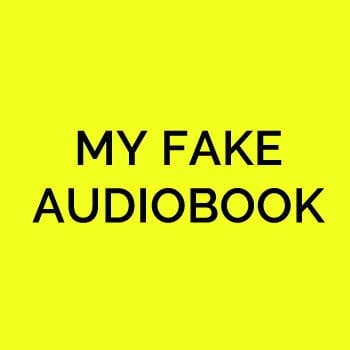Blogging is optional. Whether you should blog will depend on how much free time you have, what kind of books you write (fiction or non-fiction), and whether you want to be found when readers look for something using their favorite search engines (Google, Bing, etc.), or AI tools (ChatGPT, Gemini, etc.).
Please refer to this article on GoCreate.me: Should Authors Blog? to help you decide whether blogging is right for you. The article also includes a list of evergreen content to help you find topic ideas.
What Is a Blog?
A blog is a collection of posts, with the most recent appearing first. It’s a simple way to share content, updates, behind-the-scenes looks, or commentary. Readers can browse older posts and optionally leave comments—if you enable them.
Important: If you enable comments, be prepared—about 95% of them will be spam. You’ll need to moderate them regularly. You can adjust your default comment settings at /wp-admin/options-discussion.php. You can also enable or disable comments on individual blog posts when editing them.
Where Does the Blog Appear?
If you want your blog to appear in your top site navigation:
- Visit /wp-admin/nav-menus.php
- Select the “Header” menu
- Look under Pages and find the Blog page
- Add it to the menu. It’ll appear at the bottom of the list
- Drag it into position
- Click the tiny arrow to expand the menu item and change the label (e.g. call it “News” or “Updates”)
- Save your menu
You also have the option to feature your most recent blog posts on your home page. Visit Customize → Home to enable the blog row.
Customize Your Blog Appearance
You can customize the layout of your blog archive page, single post pages, and control what elements are shown—like tags, categories, comment counts, and related posts.
Visit Customize → Blog / News to make these changes.
Using Categories & Tags
Organize posts using categories (broad themes) and tags (specific labels).
For example:
- Categories: Cover Reveals, New Releases, Book Reviews
- Tags: Book Title 1, Thriller, 2025
Clicking a tag or category will show all posts with that label. Keep categories to a small set of general topics, and use tags for details.
Featured Image & Excerpt
Each blog post can include a featured image. This appears on:
- The blog archive page
- Category/tag pages
- The top of the individual blog post
Recommended size: 1200px wide by 630px tall (horizontal), and 100kB or smaller (ideally ~50kB) to keep your blog fast.
If your image is much larger (MB in size), you can create a smaller version of your image for free by uploading it to BulkResizePhotos.com:
- Select width and set it to 1200 px (for example)
- Format:
.webpor.jpgif you don’t see the.webpoption - Quality: 80%
- Download the resized image and upload it to your blog post
You should also add an excerpt—a short summary shown on blog archive pages only (not visible once people click to learn more. If you don’t generate an excerpt for each post, WordPress will auto-generate one from the first part of your post, ignoring all paragraph breaks or images. It’s better to write your own excerpt so you control what readers see. We recommend one long sentence or two short sentences with the goal of enticing curiosity so visitors click to learn more.
Formatting Your Blog Post: Headings, Lists & Media
You can structure your blog post using headings and insert images or videos. This blog post shows you what each heading looks like so you can choose the right level:
Heading 1
Note: Do not include a Heading 1 (H1) inside your blog post. For SEO reasons, there should only be one H1 tag per page—and your blog title already uses it.
Heading 2
Heading 3
Heading 4
Heading 5
Heading 6
Bullet List (Numbered):
- One
- Two
- Three
Bullet List (Unordered):
- Apples
- Bananas
- Cherries
Adding Videos (Without Slowing Down Your Site)
Never upload video files directly to your website—it’ll slow everything down. Instead:
- Upload your video to YouTube
- Copy the full video URL
- Paste it directly into your blog post
WordPress will embed the video automatically, and it will stream using YouTube’s bandwidth. Vimeo videos are also supported the same way.
Inserting Images Into a Blog Post
- Place your cursor where you want the image to appear
- Use the Media button to upload your image
- After the image is inserted, click it
- You’ll see alignment options: left, center, right, and no wrapping
- You can resize the image by dragging the corners
Image size tip: Keep blog post images around 100kB or smaller (ideally ~50kB) to keep your blog fast.
Use BulkResizePhotos.com:
- Set width (e.g. 400 px for example)
- Format:
.webp - Quality: 80%
- Download the resized image and upload it to your Media Library or blog post
Scheduling Blog Posts
You don’t need to publish a post right away. If you want to delay publication, click the date link next to the Publish button and set a future date/time. WordPress will automatically publish the post at that scheduled time. You can also change the status of a blog post from “published” to “draft” if you want to take the article offline.
Reordering Blog Posts
Blog posts are ordered by publish date, newest first. If you want to reorder your posts, simply edit the publish date/time of the relevant post. This can be useful when you want to surface or bump older posts to the top.
Featuring One of Your Books at the Bottom of Your Blog Post
You can associate a book or audiobook with each blog post. When you do:
- The book cover, tagline, sales description, and Main Retailer Links will appear automatically
- The system pulls the latest info from your book page, so it’s always up to date
Final Note
This blog post was written to help you understand how blogging works. If you think you may need to re-read this page, change its status to Draft. That way you can access the blog post anytime you want when you are logged in.
Otherwise, we recommend you DELETE this blog post.


